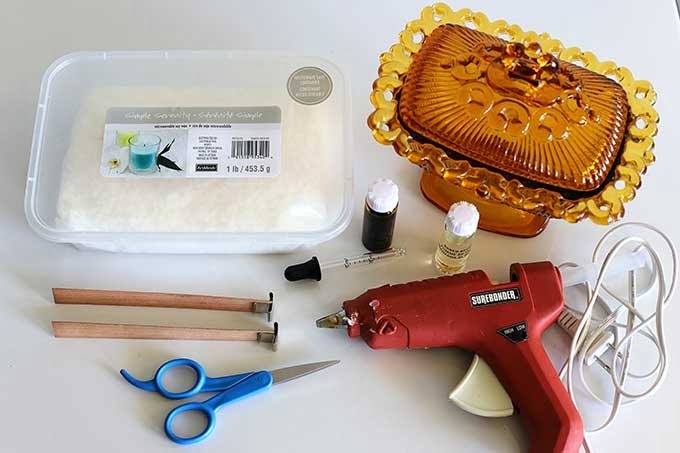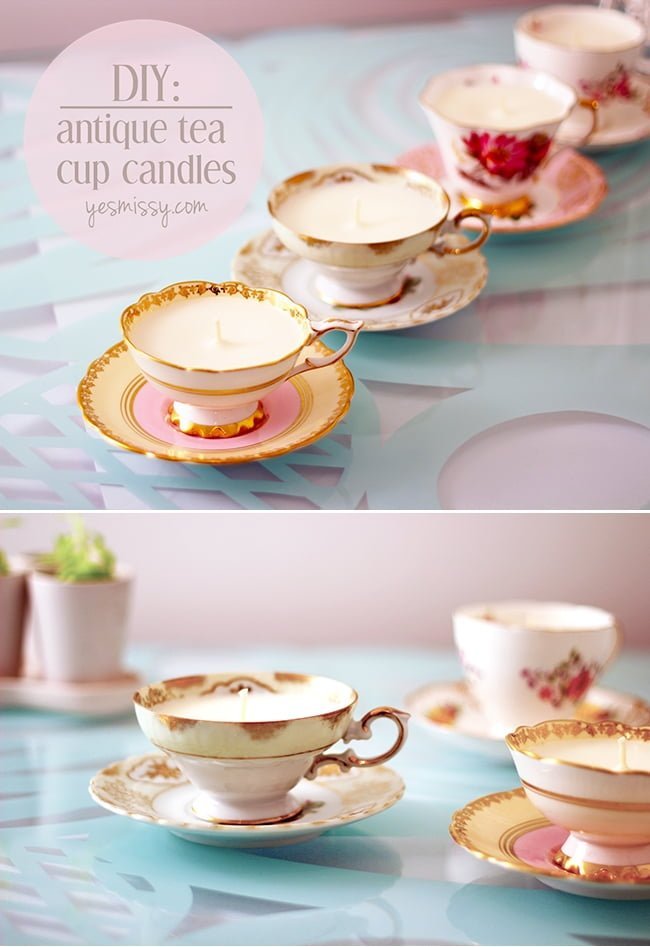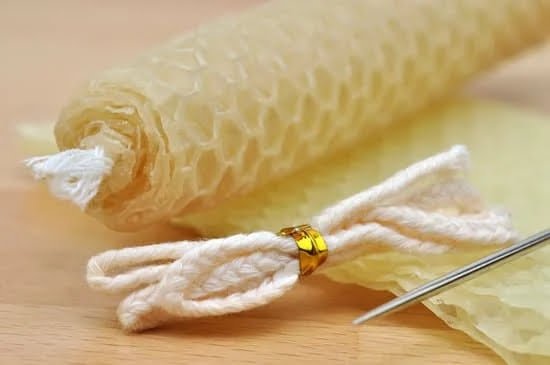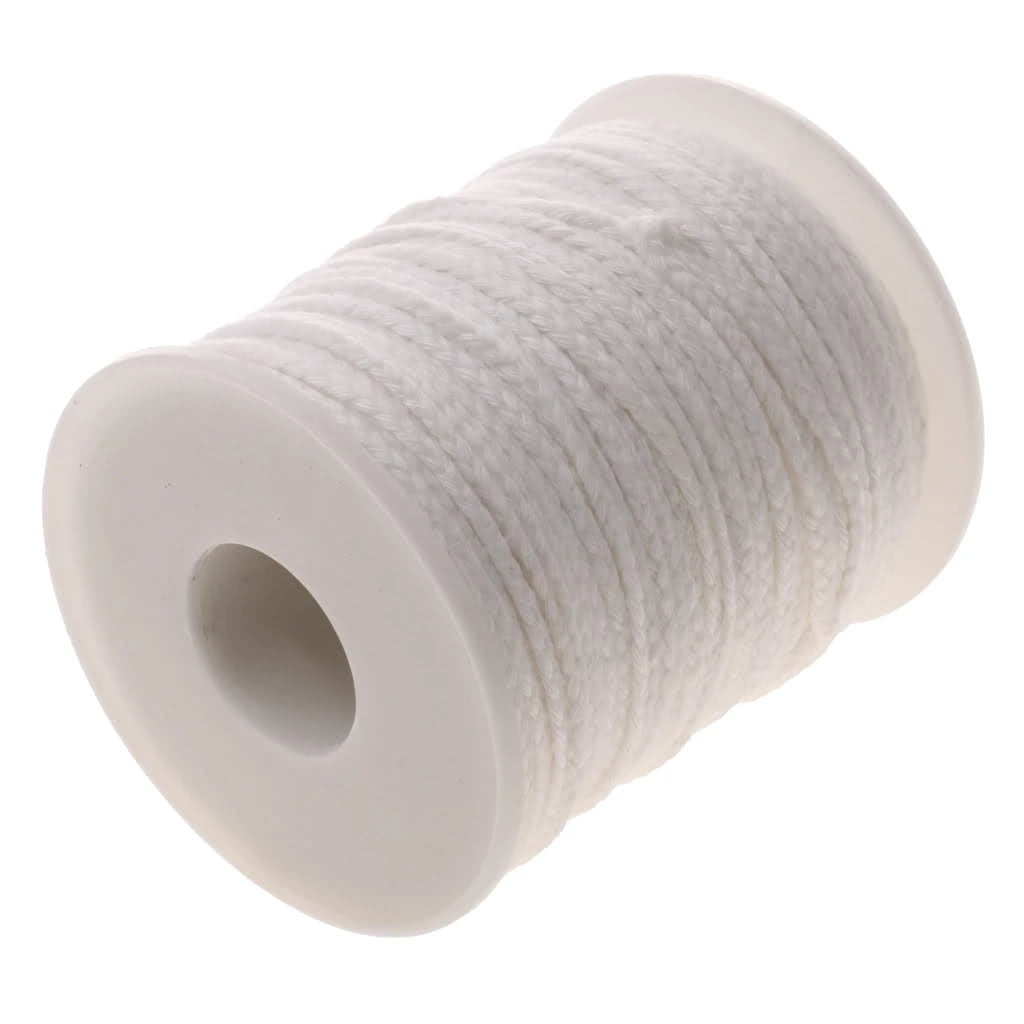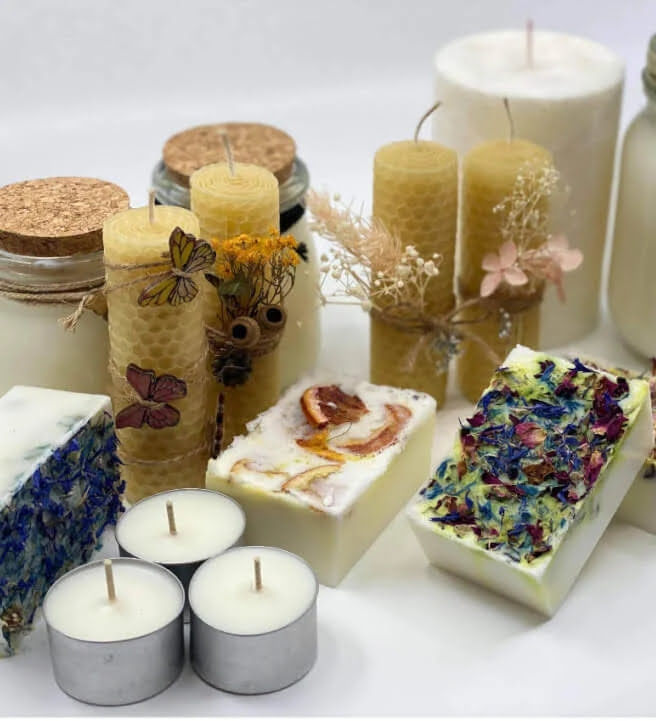Introducing Wax
Wax is an integral part of the candle making process, as it provides the structure and stability while candles burn. Generally, waxes used to make candles are vegetable waxes (like soybean or palm wax) or mineral waxes (like paraffin). Both types of wax come in different forms and textures depending on which particular composition is needed for a desired effect or application.
Vegetable Wax: Vegetable waxes are typically created by hydrogenating liquid oils such as soybean oil into smaller, solid molecules that remain liquid at room temperature. This type of wax can exist as pellets, flakes, or granules and holds scents well without producing too much smoke during burning.
Mineral Wax: Mineral waxes usually come from petroleum and other non-edible sources and have been greatly refined in order to remove impurities like sulfur. It has a higher melting point than vegetable wax and produces little to no smoke when burned. It’s also often blended with other chemicals like fatty acids for added rigidity in taper candles or fragrance compounds to enhance the scent of votive candles.
Colorants & Scent: If a candlemaker wants to add color or scents they can do so by mixing pigments with raw dyes, mica powder, and cosmetics grade iron oxide powder into the melted wax before pouring it into the candle moulds. In terms of fragrance, either essential oils extracted from plants or aroma compounds produced synthetically can be combined with carrier oils such as jojoba oil or grape seed oil to create perfumes that will release resonant aromas when candle potential consumers purchase the product.
Origin Story
The history of wax and its use in candles dates back centuries. Before it was used to produce candles, wax had various practical uses such as lubrication and waterproofing, but it was also most prominently used by ancient civilizations in the form of sealing wax which sealed important documents, messages and valuables. Candles were first a product of necessity rather than luxury as oil lamps were too expensive for most households. Candles provided a much cheaper alternative to light a room or carry out tasks during night time.
Wax from bees became popular among candle makers in Europe after the 15th century because the quality of these waxes were superior; Beeswax produces a much longer burning candle then tallow (animal fat) that was typically used before this era. The popularity of beeswax inspired inventive methods to extract the wax from hives faster and more efficiently. Additionally new synthetic waxes like paraffin made our way into candle production during this time as well due to political reasons; paraffin was cheaper than beeswax and so it quickly replaced natural bee’s wax being produced around the world.
Today there are number of different products that go into making a candle from paraffin, soy, gel to even synthetic fragrances to give them that distinct aroma when lit up . All these ingredients combined play an important role in providing candle makers with almost endless possibilities when it comes to creating their candles!
Making Wax
Step 1: Choose a wax. Depending on what kind of candles you will be making, various types of waxes are available from natural to commercially produced paraffin-based wax blends.
Step 2: Melt the wax in a double boiler set over medium heat. Stir until it has completely melted.
Step 3: Add dye to the melted wax as desired; it’s recommended that you start out with small amounts so as not to overpower the candle’s colors.
Step 4: Pour scented oil into the melted wax after it has been mixed thoroughly, adjusting according to how strong or light you desire your candle aroma to be.
Step 5: To make sure the scent is evenly distributed throughout, mix the liquid and oil with a metal spoon until blended completely, then stop stirring and proceed to step 6.
Step 6: Once the appropriate color and scent has been achieved, pour or spoon the mixture into pre-prepared molds or jars for candles, leaving space for an adequate wick length when done filling each vessel.
Step 7: Leave the newly made candles to cool and settle for several hours or overnight in order to create an even surface and avoid air bubbles from forming. For votive or pillar candles made with molds, remove them from their molds after cooling for several minutes before proceeding onto step 8.
Step 8: Cut and trim wicks once candles have cooled down; place an exposed wick one inch away from the side of each container being used (or affix wick tabs right at center). Specialty wicking tools are available which help pull out any air bubbles around edges of vessels as well and allow proper burning of your candle creations!
Varieties and Variations
When making candles, a variety of waxes can be used. Most commonly, beeswax, paraffin wax, soy wax and palm wax are used for candle-making. Beeswax is an organic, natural by-product collected from bee hives and is the most expensive type of wax. Its high melting point and nice scent make it popular for many candle types, however it’s more rigid than other types of wax and doesn’t adhere to the glass containers well. Paraffin wax is derived from petroleum and has a low melting point. It’s extremely versatile and various blends can be made for various uses including container candles, pillar candles and tarts/melts. Soy wax is becoming increasingly popular among beeswax because it offers a cleaner burn with fewer toxins released in the air. Palm wax is produced from palm oil, so it’s considered to be highly sustainable resource despite some environmentalist concerns regarding palm plantations. This type of wax hardens quickly when cooled which help reduce the cost of production. This makes palm wax ideal for creating pillars or shaped candles such as spires or spirals with beautiful crystallization effect under its surface known as the “bloom effect”.
Molding and Manufacturing
When it comes to candle making, one of the most integral components is wax. Wax makes up the majority of a typical candle and gives it its shape, which ultimately determines how the finished product looks. In order to properly turn basic wax into beautiful, usable candles, manufacturers must understand the process of molding and manufacturing.
Molding is the process used to form raw wax components into shapes in order to create the desired object. There are a variety of ways that this can be accomplished depending on the type of candle being produced. Typically, each type of wax requires its own specific mold in order to precisely make each individual piece that will eventually make up the completed product. But there are some mass production techniques made possible with newer pouring methods that have made molding much easier for manufacturers.
Once these individual shapes are produced using various molds, they must then be manufactured together in a certain way in order to produce different types of candles such as votives, tapers and pillars. Manufacturers typically use either hand-manufacturing or machine-manufacturing based on what type of candle is being made. Hand-manufacturing generally offers more control when creating intricate designs, whereas machine-manufacturing is ideal for large orders or complicated mass production needs due to its speed and precision ratings. Depending on customers’ needs and preferences, real flower petals or glitter may also be added at this stage for decorative purposes before packaging up all finished candles.
Innovations in Wax
The increasing demand for candles is encouraging manufacturers to explore modern materials and processes in order to create the highest-quality product. This has led to advancements in wax production on both an industrial and small scale.
One of the common methods used for large-scale production involves combining selected waxes with solvents, then put into molds. These molds are heated to form desired shapes and sizes before being colored or scented if necessary. To the traditional materials like paraffin and soy, some companies are now incorporating beeswax, coconut oil, Shea butter and even resin which helps candles last longer and burn brighter.
Innovators have developed technologies for making premium quality candles at home too as these allow more control over the ingredients used. This involves melting a soft wax material either in a specially designed stovetop pot or microwave before pouring it into containers or molds . Some formulations need an additive such as stearic acid which can act as a stiffening agent during cooling period so that the structure remains intact. Furthermore, essential oils mixed with dyes can bring not just pleasant smells but also provide subtle variations with colour which greatly enhance any atmosphere lighting up any room.
The goal of achieving superior scent dispersion and innovative colour choice has pushed candle designers to formulate custom compound wax blends that yield performance improvements over single component candles. This is increasingly popular because multiple component waxes tend to increase heat release allowing fragrance to travel further while maintaining a cleaner burning flame over long periods of time with no smoke residue or wasted fuel unlike many other manufactured products today.
Lasting Effect
The effects of the wax on candle burning, soot and odor play a huge role in the quality of the final candle. Burning candles with higher-quality wax produces much less soot than those made of lower-quality waxes. The amount and type of soot that is produced is largely determined by the sources of wax used as well as its composition. Beeswax, for example, produces minimal amounts of smoke compared to other types of wax like paraffin which is known to emit more soot when burned. Additionally, certain blends or additives may reduce or remove odor created from burning wick. Certain scent enhancers can be added to encourage aroma release during combustion. When all yields are considered, many who manufacture their own candles often find that the highest quality waxes provide the most efficient burning cycles with reduced smoke and aromatic scent production for a lasting effect.
Conclusion
Wax has been utilized to make candles for centuries and it continues to be an important part of the candle manufacturing process. Candle-making requires a waxy material that can absorb and hold heat so that the flame will stay lit longer, as well as withstand higher temperatures to ensure that the wax does not melt completely away. Wax is also used to create texture and shape for decorations of candles, making them more visually appealing.
In addition to being important for the candle manufacturing industry, wax plays a vital role in everyday life. In fact, wax can be found around us in many forms, from beauty products like body creams and lip balms, to medical ointments and protective coatings on furniture and kitchenware. Waxes are even employed as a water repellent coating or insulation material on boats, preventing water from damaging equipment while keeping the vessel cool in hot weather. Furthermore, wax has been used to preserve items such as documents or religious artifacts throughout history due to its ability to control levels of humidity and moisture.
As we can see, wax plays an integral part in candle producing and our day-to-day lives. Whether it is providing flame protection for our evening rituals or protecting furniture from scratches and maintaining objects’ natural properties, wax is essential for all of these needs.

Welcome to my candle making blog! In this blog, I will be sharing my tips and tricks for making candles. I will also be sharing some of my favorite recipes.

